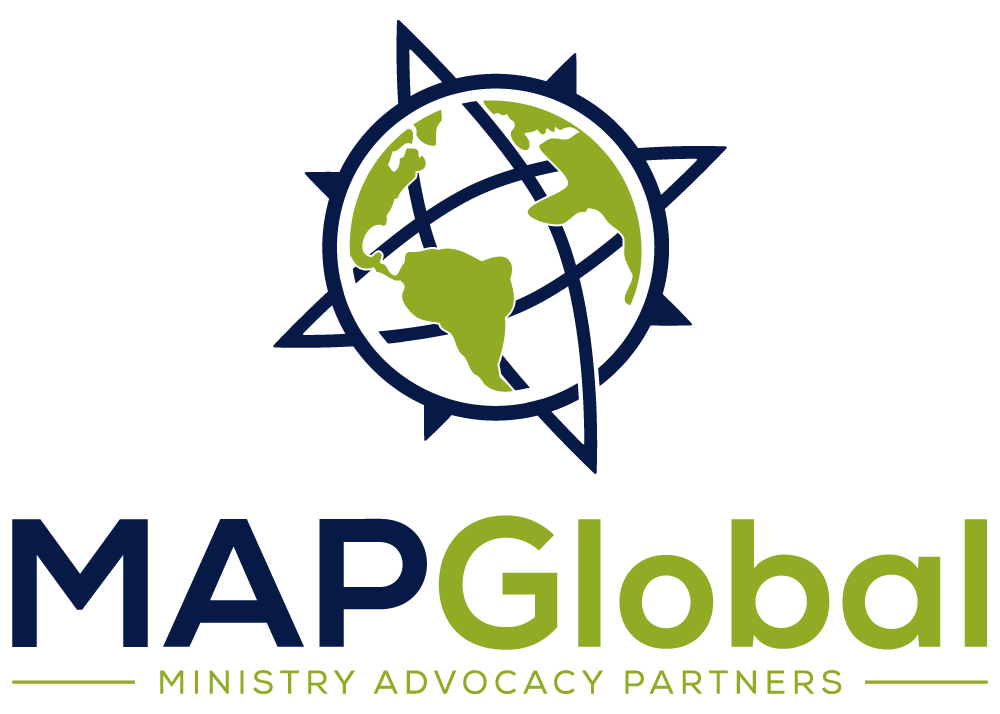A 1 for 1 business model, also commonly known as “Buy One, Give One” is a model where the company gives away one product for every product that they sell. A popular example of this is Toms Shoes. For every pair of shoes a customer purchases they give an identical pair away to someone in need. The 1 for 1 model is often praised as an innovative solution to poverty; however, while the hearts of companies may be in the right place, there are several unintentional consequences that often come hand in hand with this model that could cause more harm than good to those living in poverty.
1. Not a long-term solution
The first issue is sending temporary and limited resources to the impoverished area. While they may help the individuals live better lives temporarily, in the long run not much will change. Similarly to how stitches will have a more long-term benefit instead of a Band-Aid, bringing someone fresh water, food, or a new pair of shoes will help them temporarily, but they will not be able to sustain themselves as practically as if you brought them fresh water and a water purifier or created a place for them to work, earn money, and buy more food or water themselves.
Focusing only on short-term solutions is oftentimes not only ineffective but also involves an inefficient use of resources. There is a constant need to present models that provide opportunities that will solve problems in the long-term, rather than just a temporary fix.
2. Detrimental to local business
The 1 for 1 model can also make it difficult for local businesses in impoverished areas to grow and thrive, severely damaging a local business’s ability to sustain itself if it sells the same product as the company shipping free products into the impoverished area. For example, why would anyone purchase a new pair of shoes from the local cobbler when they could wait and get a free shipment from the donating company within the week?
There are also the unknown factors like the timing of shipments or the quantity of free goods, making it difficult for local businesses to prepare for the arrival of such things in advance. In the long run, this could drive the cobbler out of business, reducing the money circulating through the community that is necessary to raise it out of poverty, and creating one more individual or family that is now dependent on the donating company for the resources that they require.
3. Encourages dependency on an outside source
Lastly, this model can end up creating a dependent community. The community may get to a point where they are unable to grow and escape poverty because they have been handed the resources they need without allowing them to better their lives from within their area themselves. They will always have exactly what is sent to them, but there is no motivation created within the community to start their own businesses or connect with other businesses outside and inside of their immediate area in order to make and circulate money. When job opportunities and connections are made, more individuals can work and better their lives. When all of the community can work and grow, their standard of living will rise.
This is not to say that the donation of goods is always harmful. Donations are essential in emergency situations, and some goods even have exponential positive impact (ex. Malaria bed nets). However, sometimes good intentions can lead to unintended consequences, so there is always adjusting that can be done.
Business models can additionally understand and address the need behind the surface-level problems rather than applying a short-term Band-Aid.
Toms Shoes, for example, took similar criticisms in stride and began selling coffee and giving away clean water per pound of coffee they sold. The coffee is grown where the water is provided, creating and sustaining local jobs, and has made an even larger impact for the better.
Perhaps our large companies could create plants and other places of work in the area so many people in the community can work and support their own needs. As they make money they will be able to buy and provide other products within their community, growing the wealth of the region.
Perhaps as individuals we can do more than create a clever a marketing campaign. A 1 for 1 model sounds fantastic, making contributors feel good, but when we look for a way to help others beyond ourselves, let’s pour into their lives with a lasting solution and not the quick, easy contribution that make us feel good for fifteen minutes.
It will require more commitment from us as individuals and companies, but when we continue to pursue and explore new solutions and not quick-fixes, we truly hold the potential to change the lives of others.
For more on the 1 for 1 model visit:
http://www.realclearlife.com/books/16-brands-use-toms-model-one-one-giving/

